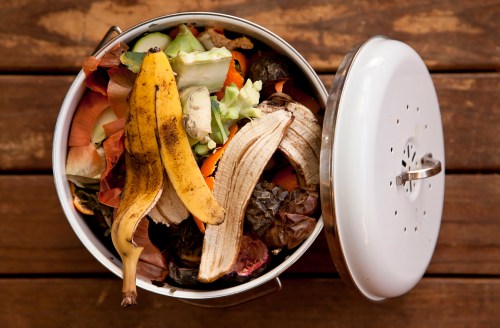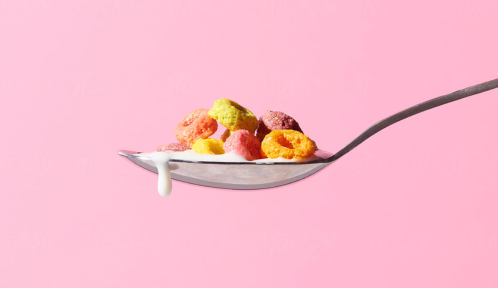The zero-waste food movement is gaining momentum, and it couldn’t happen soon enough. After all, approximately 30 to 40 percent of the food supply is wasted in the U.S., according to the FDA estimations, meaning it’s thrown away, spoils, or otherwise fails to make its way into mouths and bellies. And given that recent findings suggest that more than one-third of man-made greenhouse gas emissions come from food systems, cutting down on food waste could go a long way in saving the planet.
Experts in This Article
registered dietitian and nutritionist
executive chef at Sababa and Little Blackbird in Washington
With news this disconcerting, it’s little wonder that chefs like Ryan Moore of Sababa in Washington, D.C. are making it their mission to reduce their footprint when it comes to food waste. “From our waste oil from fryers being recycled into biofuel to repurposing scraps into menu items, we find a way to turn the most basic parts of an ingredient into something our customers will eat,” he explains. For example, Moore’s team turns lemon peels into lemon charcoal, which is then cooked with honey to create a marmalade. Broccoli stems are incorporated into a charred tahini sauce; whereas fruit scraps like strawberry tops, mango pits, and citrus peels get made into vinegar.
That said, your good intentions to reduce food waste shouldn’t turn into bad side effects. As you attempt to eat the entirety of an ingredient, you may want to keep a weather eye on which parts of your favorite fruits and vegetables are safe for human consumption—and which you’re better off composting. As it turns out, there are some food items that should not make it into your diet (at least, not on a regular basis).
Scroll down to learn about 7 inedible food scraps
Eggplant stems
This is the only food scrap Chef Moore doesn’t use in his kitchen. “We go through around 90 pounds of Chinese eggplant a week, and we cut off the top part of the stem because eggplant and other nightshades contain solanine, which may lead to inflammation and exacerbate conditions like arthritis,” he explains.
Mango skins
Dried, fresh, or flash frozen mango is enjoyed so many ways, but be sure to peel them before you eat them. The skins of these tropical fruits contain a chemical called urushiol, which is the same chemical that triggers an allergic reaction in some folks when they come in contact with poison ivy, poison oak, or sumac.
Apple cores
“An apple’s core and seeds may not be the safest to eat due to a compound within that may turn into cyanide,” says Keri Gans, a registered dietitian nutritionist. “However, it’s the dose that makes the poison and you would have to eat a rather large amount (say, 15 cores) to have a reaction.”
Sprouted or green potatoes
Those odd growths on your potatoes are more than an eyesore; when potatoes sprout (or turn green), they contain higher concentrations of a glycoalkaloid poison known as solanine. Symptoms of solanine poisoning include a range of not-so-pleasant side effects, including nausea, diarrhea, vomiting, stomach cramps, throat burning, nightmares, headache, dizziness, itching, eczema, and pain in the joints. That said, if you cut out the sprouts or green parts of your potato, you should be a-okay.
Rhubarb leaves
While rhubarb stalks make a great pie filling, the leaves are less inviting. “Rhubarb leaves are known to contain oxalic acid, and when eaten, it may lead to kidney stones,” says Gans.
Cherry pits
It’s probably worth de-pitting your cherries when making your desserts or reductions—not only will the end result be a lot more attractive, but it’ll also remove the possibility of introducing the cyanide compound they contain into your system. And while swallowing a couple pits won’t do you any harm, you probably shouldn’t make a habit of eating cherries whole.
Scraps left out at room temperature
Controlling the storage of your food scraps—regardless of what they are—is key to ensuring their edibility, says Krista Linares, registered dietitian nutritionist. “The biggest food safety concern with leftovers or food scraps would be related to time-temperature control,” she notes. “Foods that have been left at room temperature for longer than four hours should be avoided due to the potential for food-born illness.”
Oh hi! You look like someone who loves free workouts, discounts for cult-fave wellness brands, and exclusive Well+Good content. Sign up for Well+, our online community of wellness insiders, and unlock your rewards instantly.
Sign Up for Our Daily Newsletter
Get all the latest in wellness, trends, food, fitness, beauty, and more delivered right to your inbox.
Got it, you've been added to our email list.










